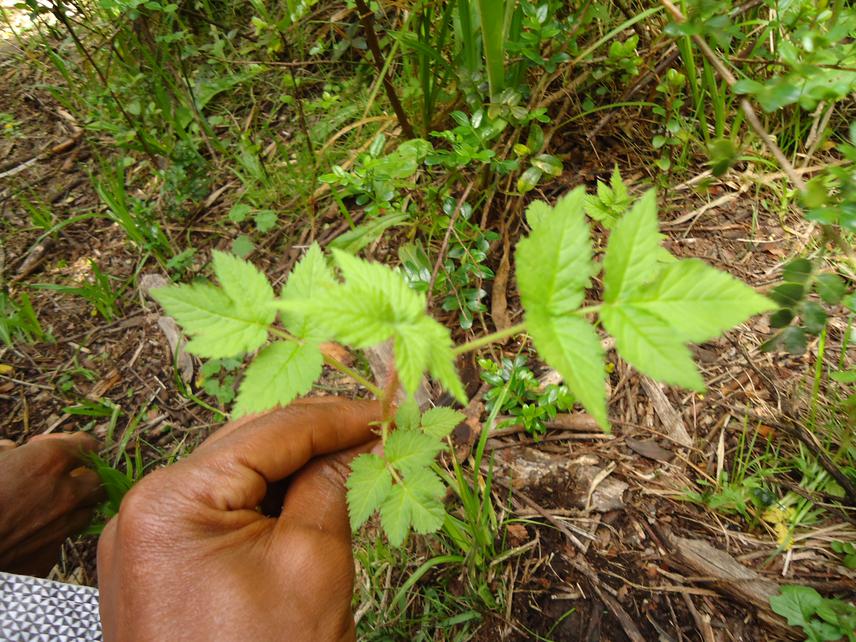Gebremicael Fisaha
Other projects
15 Aug 2018
Natural Regeneration Status of Indigenous Trees and Anti-Microbial Test of Traditional Medicinal Plants in Menz Gera District, Highlands of Central Ethiopia
The research aims on the study of plant diversity and ethnobotany of medicinal plants with further anti-microbial test in Menz Gera district in the general environs of Guassa Mountain. Vegetation data will be collected from different sized quadrates along representative transects for both Yegana and Sregedel natural forests of the district. Woody species with a diameter at breast height > 2cm will be counted and cover abundance values estimated. At every plots tree saplings and tree seedling will be counted for analyzing the natural regeneration. Ethnobotanical data will be collected by interviewing 394 informants from 20 Kebeles of the district.
R software package will be used for all statistical analysis. This research will be expected to show the plant diversities, use diversity of ethnomedicinal plants of the district which will be base line for sustainable use and management of natural resources and associated indigenous knowledge.

Seeding of Hagenia abyssinica.
People of Menz Gera District are widely integrated to use plants from the Menz Guassa mountain area and remnant natural forests for ethno-medicine and other socio-economic activities. Menz Guassa mountain area and remnant natural forests of the district are critical natural resource for the people of Menz, providing ecosystem services such as fodder for animals, fuel, building materials, farming, and household implements for subsistence purposes. Menz Guassa mountain area is the site for collection of Guassa grass and firewood and the largest area of communal grazing of livestock. Guassa is a key water catchment area both locally and regionally. A total of 26 rivers begin in the area, and drain into either the Blue Nile or Awash Rivers. It is used as a potential source of ecotourism. Menz Gera District especially the Menz Guassa mountain area, Yegana and Sregedel natural forests are home to many of the animal and plant species commonly associated with Afro-Alpine ecosystems.
Medicinal plants play a significant role in supporting primary healthcare in Ethiopia but only a limited attempt has been done to scientifically explore, document and promote the widely used medicinal plants and associated knowledge dynamics in the country.
The study will generate updated data to strengthen community conservation and management system of the plants and associated indigenous knowledge based on the current situation which contributes for the conservation of wild animals. The area’s flagship mammal species are Ethiopian wolf (Canis simensis), also known as the Simien fox (‘Critically Endangered’ by the IUCN Red list) and Gelada baboon (‘Least Concern’ by IUCN Red list). Moreover, 114 bird species are recorded in the area among these, 14 species are endemic to Ethiopia. So adding value for conserving the natural forest is conserving those wild animals since they are endemic or ingenious to the locality. Menz Gera District especially Menz Guassa mountain area is a water catchment where 26 rivers rising up from the mountain flow both to the west and the east/Abay and Awash watersheds. So the output of this research will help for rehabilitating the degraded area of the water catchments to both rivers using the recommended plants for sustainability of those potential rivers. Moreover, this study will investigate antimicrobial effect of some selected traditional medicinal plants which are not investigated yet, and to recommend potential medicinal plant species for conducting further research to the modern drug development by other interested researchers. Furthermore, the results of the study will provide a good feedback for various governmental, nongovernmental organizations and private investors who need to contribute for conservation, management and sustainable utilization of natural resources. Particularly, the Ministry of Agriculture, Ministry of Environment, forest and climate change, Eco-tourism, Blue Nile (Abay) and Awash rivers watershed responsible stakeholders, Wild life protection authority and Culture and Heritage organizations will use the findings of the study as input in their strategic plan relating to the conservation and management of the area.